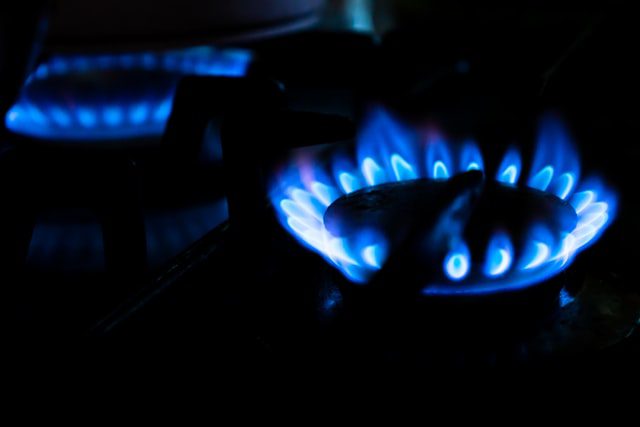The unprecedented rise in energy market prices over the last few months and the ongoing energy market crisis has led to an ad hoc meeting arranged between Ofgem, energy suppliers and consumer bodies to discuss changes to how the energy price cap is calculated. This has happened in light of the 14 energy suppliers who have closed their doors since August and the many more who could face closure this winter if market strains continue.
Why is Ofgem taking this “bold action”?
Ofgem has taken this action in the hopes of stopping further closures of energy providers due to suppliers being unable to afford rising supply costs. Currently the circumstances surrounding the rising cost of producing enough energy to meet demands has put many suppliers in an uncertain position with regards to their future. This situation is further intensified by the expected continuation of rising production costs throughout the coming winter. With this in mind Ofgem has called this meeting in an attempt to ease the strain on providers and further regulate energy providers to insure more sustainable business models in the future “in order to protect the short and long term interests of consumers” according to their website.
How is the energy price cap affecting the energy suppliers?
As of now many energy suppliers are struggling to avoid closure with the current limit on consumer energy costs in place. Rising wholesale costs means that these previously profitable companies are incurring major and unsustainable losses while supplying their current customer base. In large part due to the unsustainable business models these companies were built on which Ofgem now seeks to rectify in the upcoming meeting.
How is the measure going to help the energy suppliers?
If energy suppliers are successful in having the price cap risen then this will ease the current financial strain they are experiencing. It won’t be without some repercussions for many suppliers though, with Ofgem believing that many supplier issues have been caused by flawed business models that do not place enough importance on the amount of reserve capital held by the supplier. As a result of this far tighter regulations on energy providers can be expected moving forward. What will be the effect on your energy bill?
At the moment there is no indication that the energy price cap will be altered before the end of 2021. Meaning that consumer costs will remain protected by the current price limitations set by Ofgem. The initial meeting set for November will be a first step in a re-evaluation of the processes and regulations currently in place. A push for an alteration of the price cap next February 2022 as opposed to the scheduled April 2022 date, as well as a quarterly price cap evaluation moving forward instead of the current twice a year system is what is expected from the side of the energy providers. Overall, things are set to remain as they are until at least February 2022. However, major changes to the price cap, how often it is evaluated, as well as how it is calculated can be expected for early next year.
Which suppliers already went bust due to the energy crisis?
The main reason for the crisis is that wholesale prices of gas have increased by 250% since January, and by 70% since August. Stuck between these increased costs and the costs they have commited to offer customers, several energy suppliers have now gone bust and many more might follow suit.
The energy suppliers that already went bust are:
– Hub Energy: in August, HUB Energy was first to announce that they are being ceased. Ofgem appointed E.ON to take on the 6,000 domestic and 9,000 non-domestic customers.
– MoneyPlus Energy and PFP Energy: in the beginning of September, MoneyPlus Energy and PFP Energy also went bust, leaving 9 000 and 87 600 customers, respectively.
– Utility Point and People’s Energy: this trend was followed by Utility Point and People’s Energy. Customers of People’s Energy will be moved to British Gas, while Utility Point’s customers are being switched to EDF.
– Avro energy and Green: the two providers accounted for 3% of the energy supply. Avro Energy had more than 580 000 customers and Green was a provider for 255 000 domestic customers. Octopus Energy was appointed to take over the customers of Avro, while Shell Energy will supply the customers of Green.
– Igloo Energy, ENSTROGA and Symbio Energy: they are the latest suppliers to go bust on the 29th of September. Together, the three suppliers accounted for less than 1% of the total energy supply in the UK. E.ON was appointed to take on the customers of the three suppliers.
– Colorado Energy, Daligas, GOTO Energy and Pure Planet went bust too and Shell Energy was appointed to supply their customers.
– Bluegreen, Omni Energy, MA Energy, Zebra Power and Ampoweruk Lt are the latest suppliers to go bust at the start of November. The energy watchdog Ofgem will soon move the affected customers to a new energy provider.
Smaller energy providers are hit harder by the energy market crisis and more of them are expected to go bust in the coming days. It is extremely hard for them to cope with the increasing and record high wholesale gas prices. Although bigger suppliers are more protected and have higher chances of surviving, they are also going through a hard period. They have to take on the customers of failing suppliers and be able to cover the energy for them.

| [donate]
| Help keep news FREE for our readersSupporting your local community newspaper/online news outlet is crucial now more than ever. If you believe in independent journalism,then consider making a valuable contribution by making a one-time or monthly donation. We operate in rural areas where providing unbiased news can be challenging. |



















